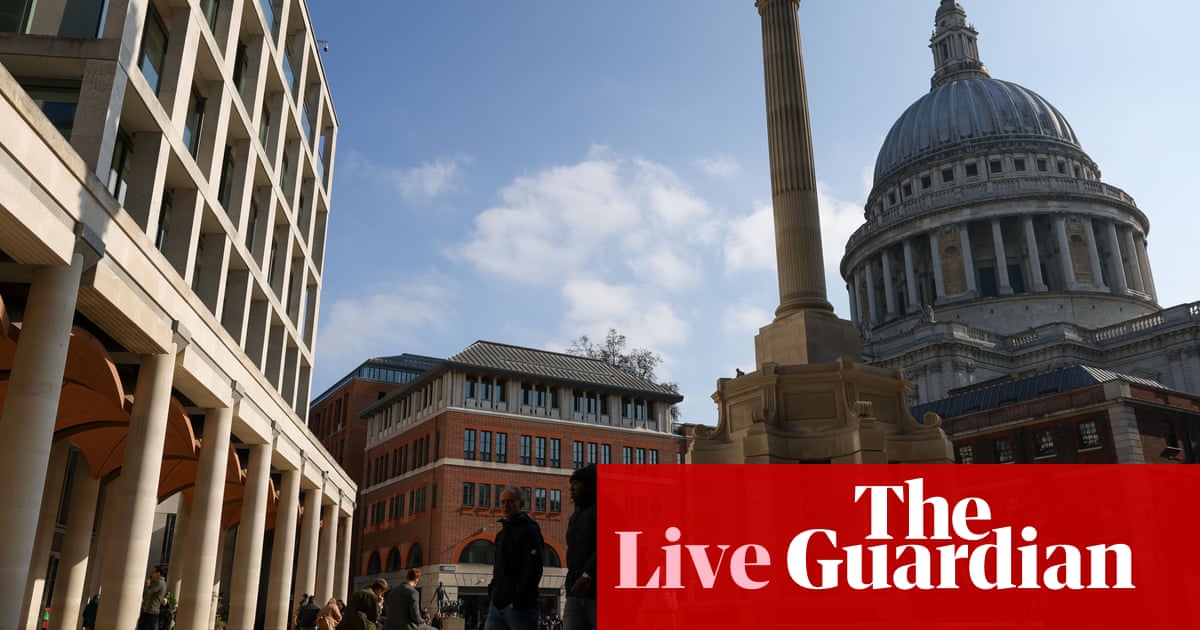T4K3.news
Australia's inflation hits 2.1 percent in second quarter
New inflation data supports potential interest rate cuts by the RBA as economic signals become mixed.

New inflation data presents a mixed outcome for monetary policy in Australia.
Australia's second-quarter inflation drops to 2.1 percent
Australia's inflation rate for the second quarter reached 2.1 percent year over year, its lowest since March 2021. This presents a decline from 2.4 percent in the preceding quarter and is below economists' expectations of 2.2 percent. On a quarterly basis, inflation slowed to 0.7 percent, lower than the anticipated 0.8 percent. The Australian Bureau of Statistics noted significant price increases in housing, food, and health, while lower transport costs helped mitigate some inflationary pressure. Despite positive inflation data, the Reserve Bank of Australia (RBA) opted to keep the policy rate unchanged at 3.85 percent during its last meeting, indicating caution around future policy adjustments, even amidst expectations for a rate cut this August because of the positive inflation trend.
Key Takeaways
"The ongoing effect of temporary cost-of-living relief partly drives inflation down."
This highlights the factors contributing to reduced inflation rates, pointing to transient market conditions.
"Some indicators came in stronger than forecasted."
This indicates that while inflation is decreasing, other economic indicators are performing better than expected.
"The weaker global growth backdrop, coupled with the unemployment rate rising to 4.3 percent, increases our conviction in a cut."
This reflects the concerns analysts have regarding the interplay of global and domestic economic conditions affecting monetary policy.
This latest drop in inflation highlights a crucial moment for Australia’s economic policy. While the RBA faces pressure to lower interest rates, the decision to maintain the current rate reflects a desire for caution amid an uncertain economic landscape. The recent inflation figures suggest decreasing pressure on prices, but stronger-than-expected growth indicators complicate the RBA's outlook. Analysts expect the RBA to reassess its position in light of these changes, continually weighing growth against inflation objectives in a complex economic climate.
Highlights
- Inflation falls to the lowest point since March 2021, touching 2.1 percent.
- The RBA now faces tough choices with inflation dropping but growth uncertain.
- Caution remains as Australia grapples with inflation and economic growth.
- Investors watch closely as rate cuts loom amidst declining inflation.
Potential risks around inflation management
Current economic conditions raise concerns about the impact of inflation rates on economic recovery and investor confidence. The delicate balance of maintaining growth while controlling inflation could prompt public reactions and policy critiques.
Future RBA meetings will likely continue to analyze inflation and growth indicators closely.
Enjoyed this? Let your friends know!
Related News

US economy remains strong amid Trump's tariffs

Mortgage approvals increase as housing market stabilizes

G.M. reports profit decline linked to tariffs

Adidas warns of significant tariff costs

FTSE 100 reaches intraday high of 9,102.53

FTSE 100 share index reaches 9,000 points

Keir Starmer to discuss steel tariffs with Donald Trump

UBS reports strong second quarter earnings
:max_bytes(150000):strip_icc()/GettyImages-2227723534-b867774a1c2d4a538a289a44bae02b57.jpg)